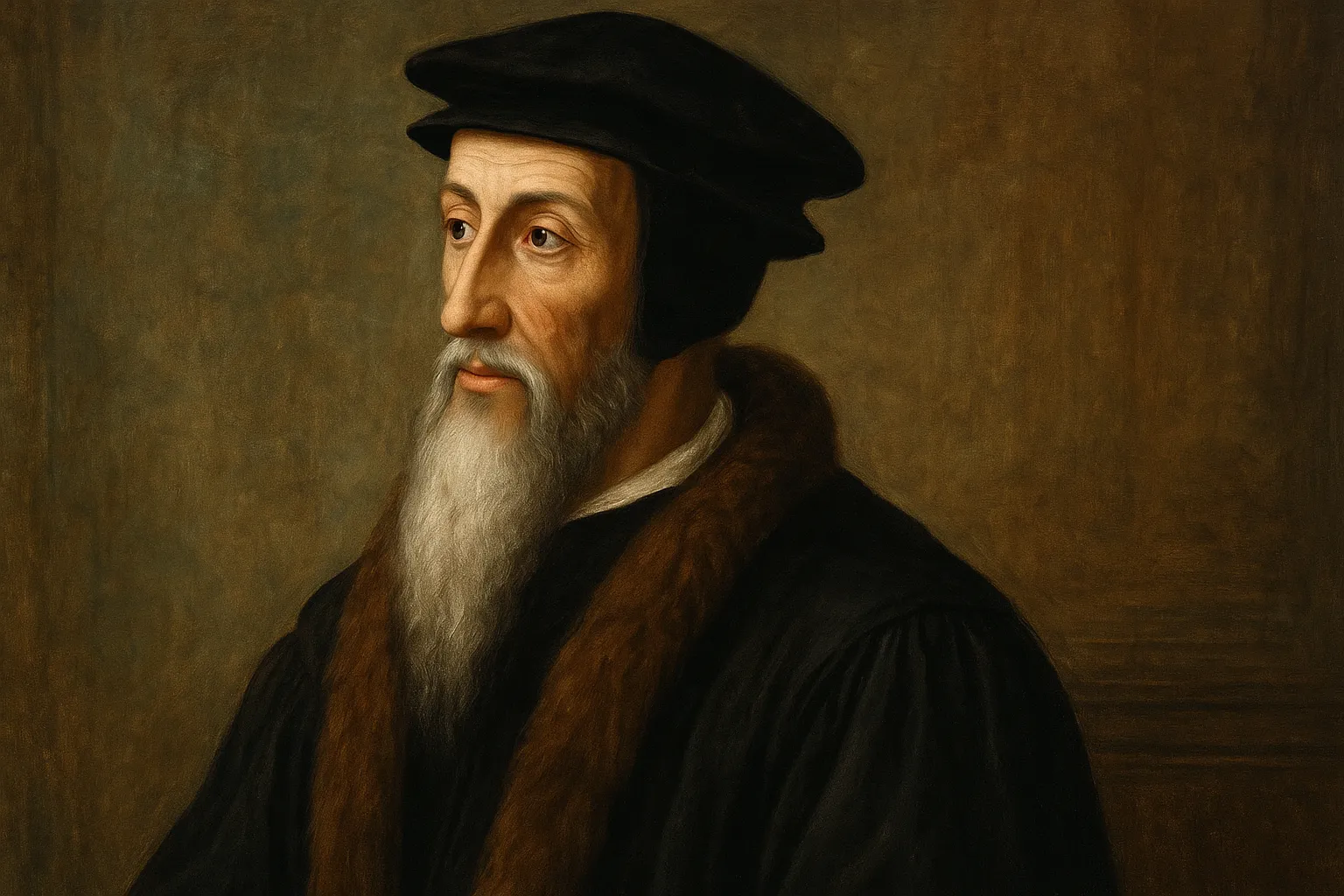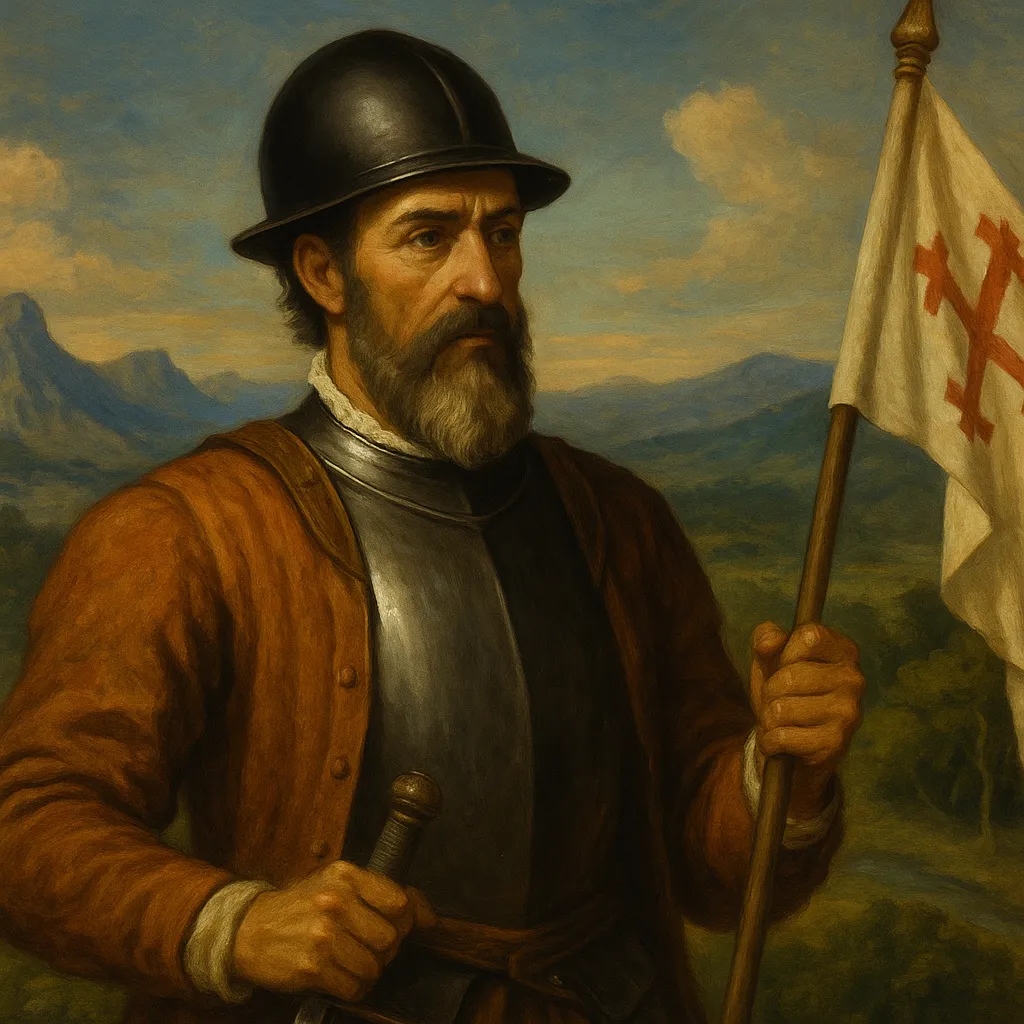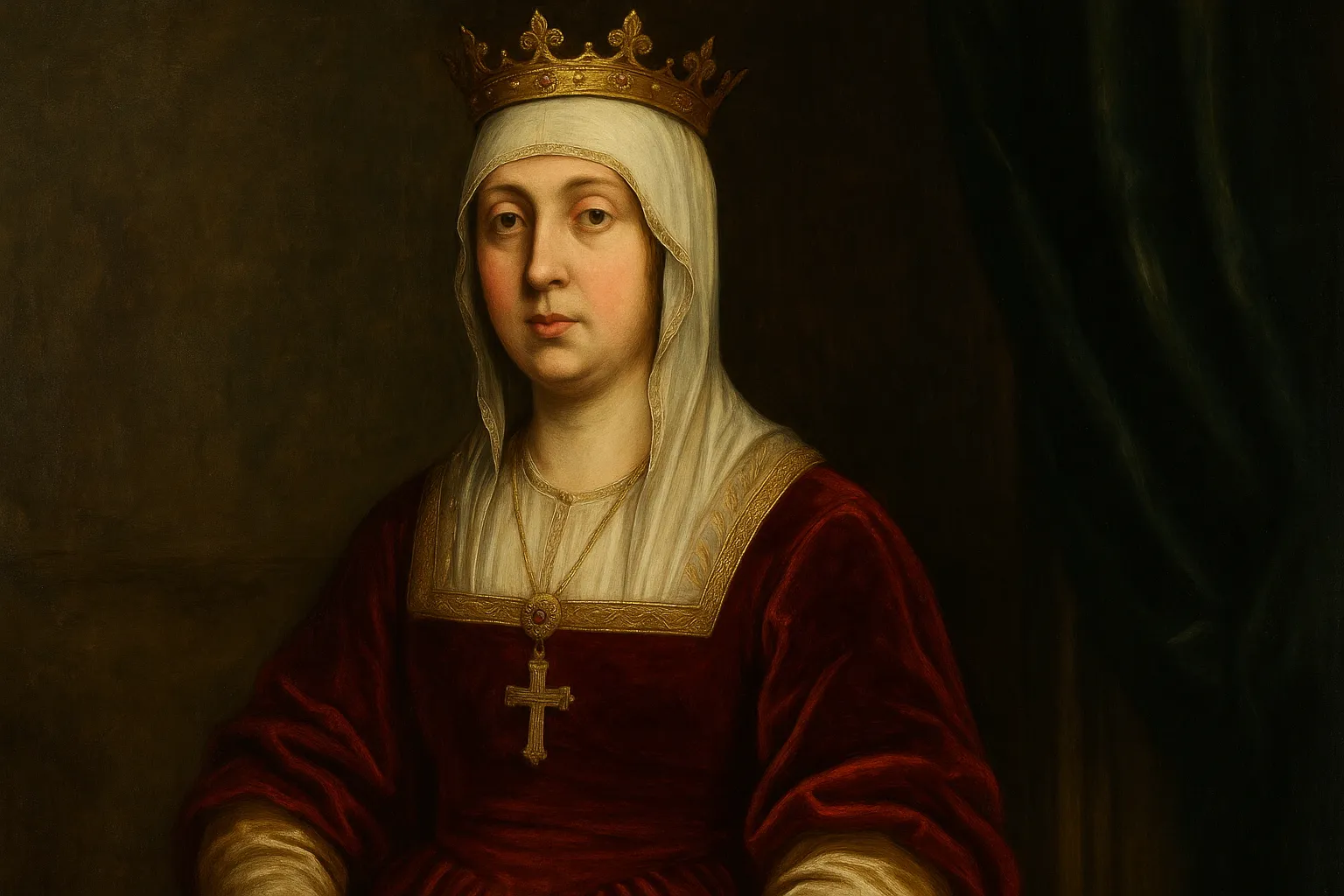Biography of Marie Curie: pioneer of radioactivity and double Nobel Prize winner
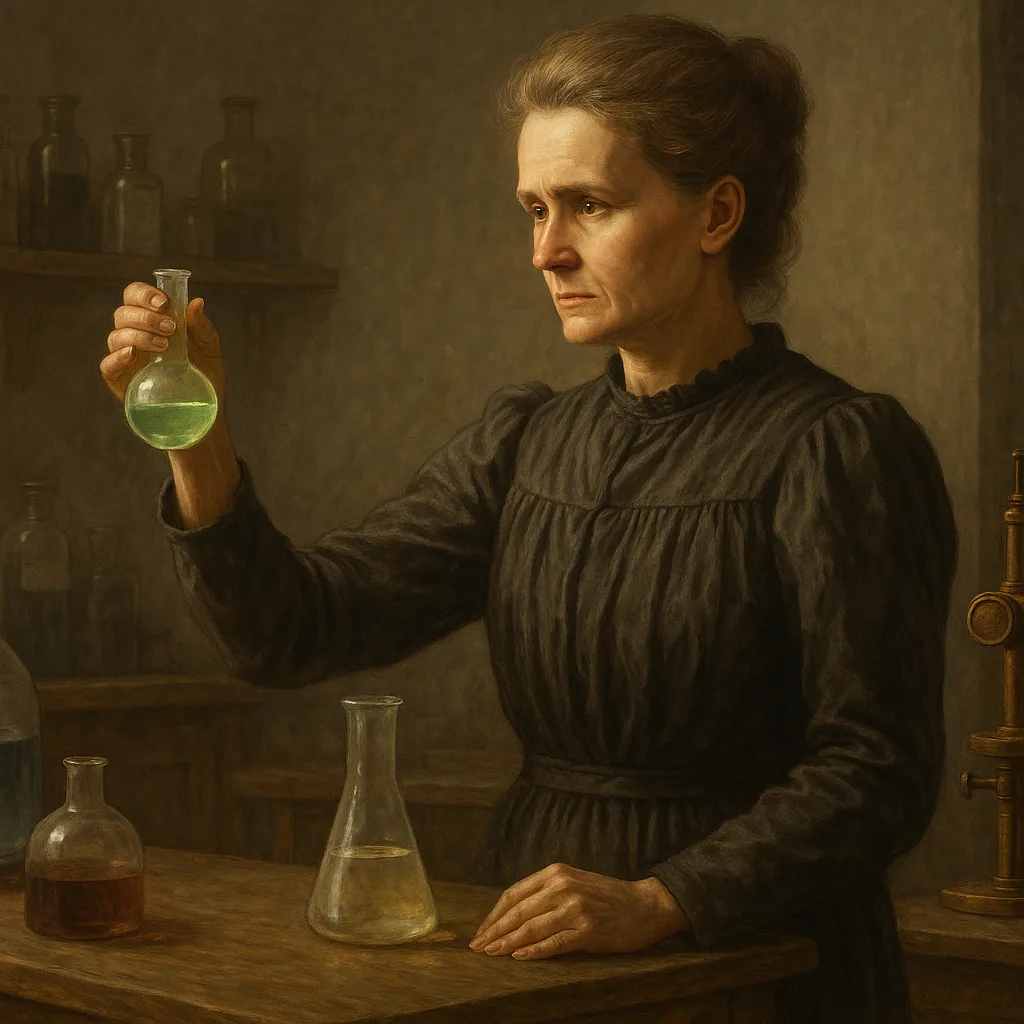
Few scientists have reshaped the boundaries of human knowledge as profoundly as Marie Curie. The first woman to win a Nobel Prize, and the only person in history to win Nobel Prizes in two different scientific fields, Curie’s groundbreaking work laid the foundation for modern nuclear physics, medical radiology, and our understanding of radioactivity.
Her life was a remarkable blend of brilliant science, tireless perseverance, and personal sacrifice. In an era where women were largely excluded from academia, Curie not only entered the highest levels of scientific research but revolutionized them.
This is the story of a scientist whose legacy continues to radiate through both science and history.
From Warsaw to Paris
Maria Salomea Skłodowska was born on November 7, 1867, in Warsaw, Poland, then part of the Russian Empire. She was the youngest of five children in a family that highly valued education. Her father, Władysław Skłodowski, was a teacher of physics and mathematics, while her mother, Bronisława, was a headmistress of a boarding school.
Poland, under Russian occupation, imposed harsh restrictions on Polish culture and education. Despite these limitations, Marie excelled in school, showing extraordinary aptitude in physics, mathematics, and chemistry from an early age. However, as a woman, she was barred from attending formal universities in Russian-controlled Poland.
Eager for knowledge, Marie joined the clandestine “Flying University”, a secret underground educational institution that allowed Polish women to pursue higher learning illegally. Still, she knew that if she wanted a true scientific education, she would have to leave Poland.
In 1891, at the age of 24, she left Warsaw and traveled to Paris to attend the Sorbonne (University of Paris). There, she adopted the French version of her name, Marie, and immersed herself in her studies. Despite financial hardships, language barriers, and harsh winters in poorly heated lodgings, she earned a degree in physics in 1893 and a second degree in mathematics in 1894.
A scientific collaboration with Pierre Curie
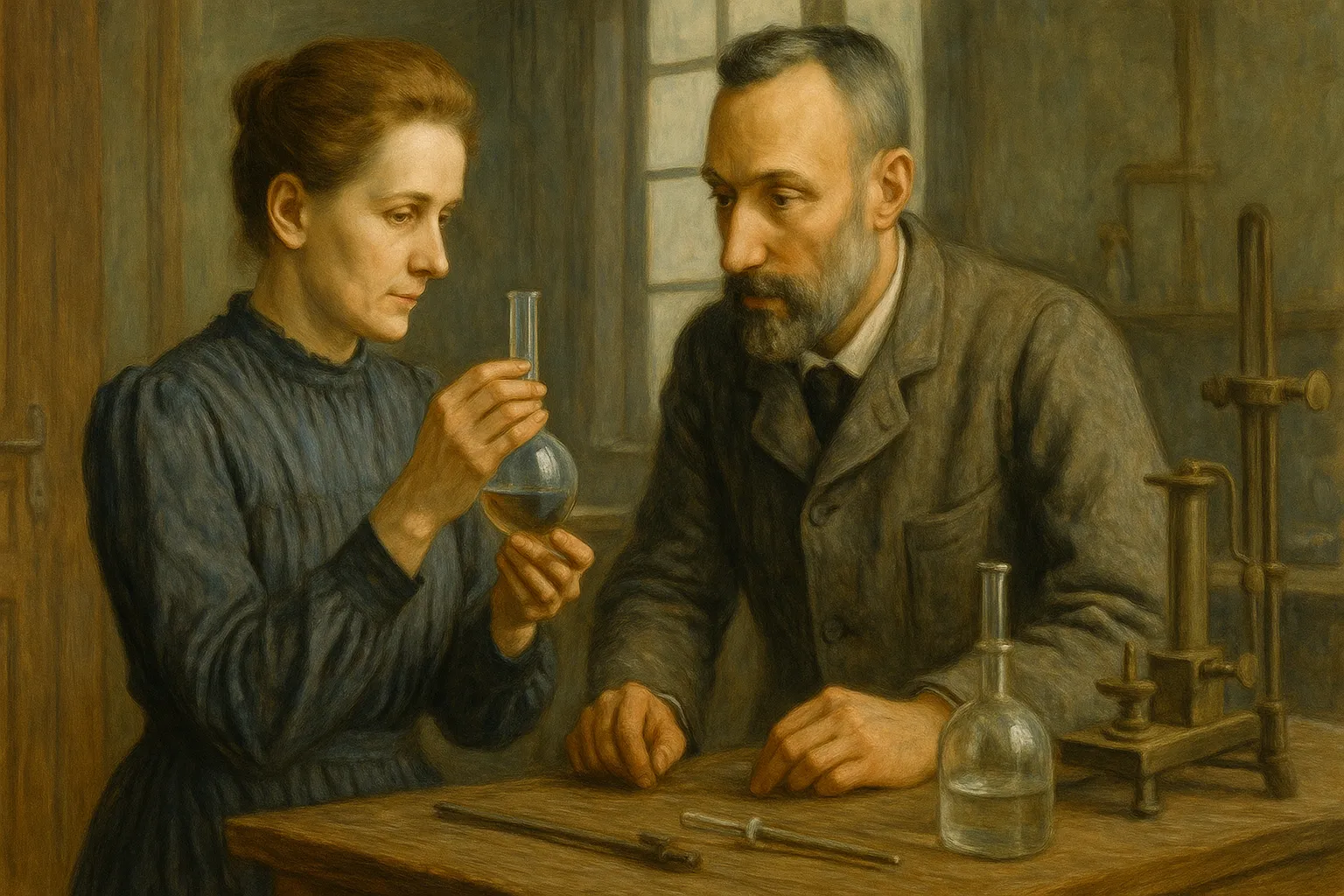
In 1894, Marie met Pierre Curie, an accomplished physicist specializing in crystallography and magnetism. They shared not only scientific interests but also personal values of intellectual honesty, simplicity, and a deep passion for discovery.
In 1895, Marie and Pierre married, forming one of the most famous scientific partnerships in history. Their professional collaboration was marked by mutual respect and a shared devotion to scientific inquiry. Pierre introduced Marie to advanced laboratory techniques, while Marie brought an unrelenting work ethic and a keen instinct for experimentation.
Soon, they would embark together on a scientific journey that would change the course of physics and chemistry forever.
The Discovery of Radioactivity
At the time, scientists were intrigued by Wilhelm Roentgen’s discovery of X-rays (1895) and Henri Becquerel’s work on uranium’s spontaneous emission of radiation (1896).
For her doctoral research, Marie decided to investigate these mysterious emissions further. She coined the term “radioactivity” to describe the phenomenon of energy being emitted from certain elements.
Marie meticulously analyzed numerous substances, using the primitive but effective electrometer designed by Pierre and his brother. She discovered that the intensity of radiation was directly proportional to the amount of uranium in the sample, indicating that the radiation was not the result of molecular interactions but rather originated from the atom itself — a revolutionary idea at the time.
In 1898, the Curies made two monumental discoveries:
-
Polonium (named after Marie’s native Poland).
-
Radium, an element far more radioactive than uranium.
These discoveries were groundbreaking. Not only did they introduce two new elements to the periodic table, but they also suggested that atoms were not indivisible, as previously thought, but contained internal structures capable of transformation—a key concept that would later evolve into nuclear physics.
Isolation and Study of Radium
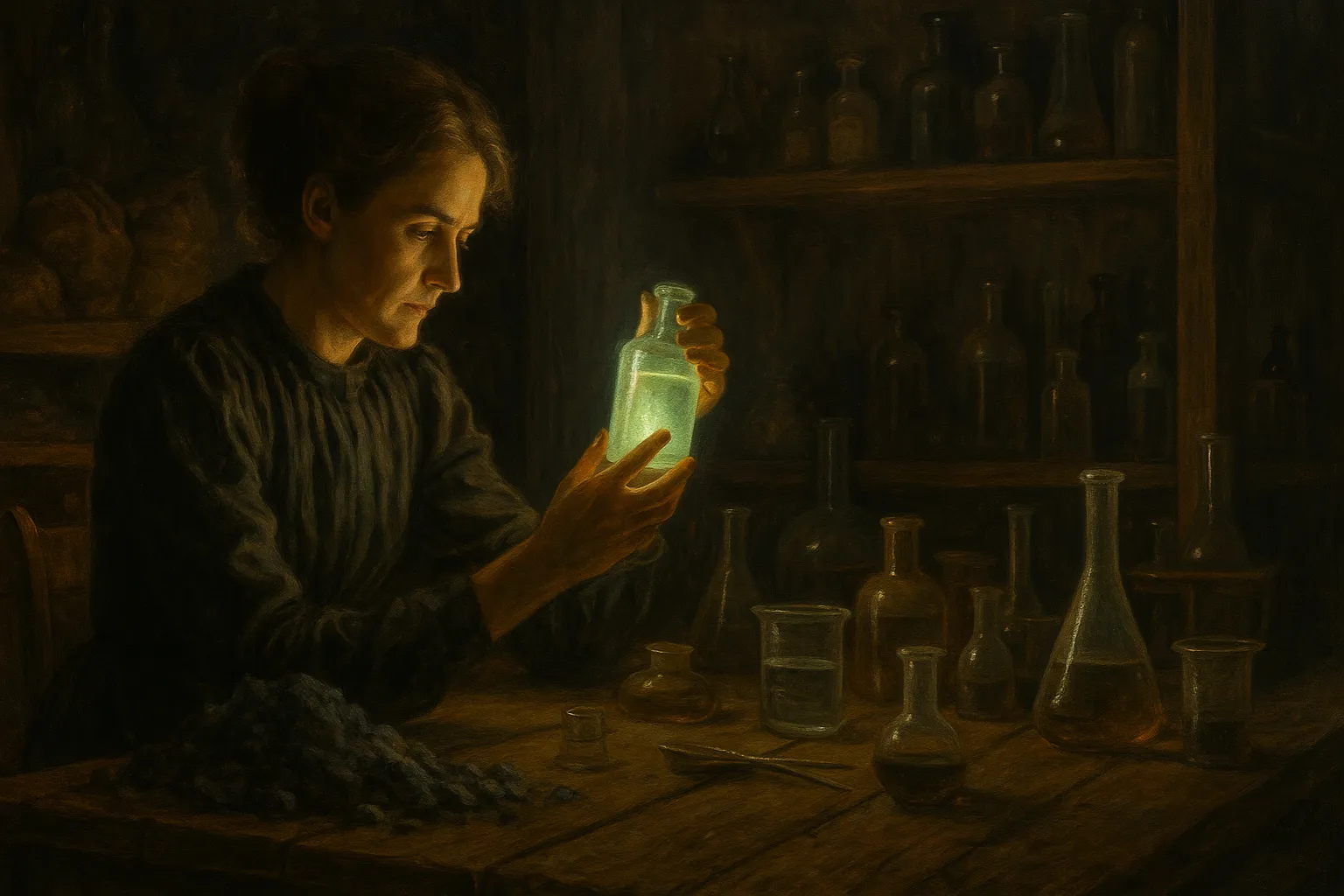
Isolating radium in its pure form was a painstaking task. The Curies worked under extremely challenging conditions in a converted, poorly ventilated shed next to the School of Physics and Chemistry in Paris. They processed tons of pitchblende (uranium ore), crushing, dissolving, filtering, and crystallizing it to isolate mere milligrams of radium chloride.
The physical labor was grueling, and the hazards of radiation exposure were unknown at the time. Marie often described the eerie bluish glow emitted by radium samples in their dark laboratory, unaware of the long-term health risks they were facing.
By 1902, Marie successfully isolated pure radium metal, confirming its unique properties and radioactive behavior.
Nobel Prize and International Recognition
In 1903, the Royal Swedish Academy of Sciences awarded the Nobel Prize in Physics jointly to:
-
Henri Becquerel, for his discovery of spontaneous radioactivity.
-
Pierre and Marie Curie, for their joint research into radiation phenomena.
Marie Curie thus became the first woman ever to receive a Nobel Prize, breaking monumental gender barriers in science.
The award catapulted the Curies to international fame, although they remained modest and committed to their research. Despite growing public interest, they declined to patent their radium isolation process, choosing instead to advance science for the benefit of humanity.
Tragically, in 1906, Pierre was killed in a street accident when he slipped under a horse-drawn carriage. His sudden death devastated Marie but did not stop her work. She took over his professorship at the Sorbonne, becoming the first female professor in its history.
The Second Nobel Prize: Chemistry
Undeterred, Marie continued her research on the chemical properties and medical applications of radium. Her work demonstrated radium’s potential in cancer therapy—a field still developing today as radiotherapy.
In 1911, she received her second Nobel Prize, this time in Chemistry, for:
“The discovery of radium and polonium, the isolation of radium, and the study of the nature and compounds of this remarkable element.”
Marie Curie remains the only person to have won Nobel Prizes in two different scientific disciplines.
World War I and Mobile Radiology
When World War I broke out, Marie Curie quickly recognized how her discoveries could aid in medicine. She developed mobile radiology units, known as “Little Curies”, which brought X-ray machines to battlefield hospitals. These units allowed doctors to locate shrapnel and bullets in wounded soldiers, significantly improving survival rates.
Marie personally trained technicians and even drove these mobile units to the front lines, risking her own safety. Her efforts saved countless lives and demonstrated how science could serve humanity even amid the horrors of war.
Establishing Research Institutions
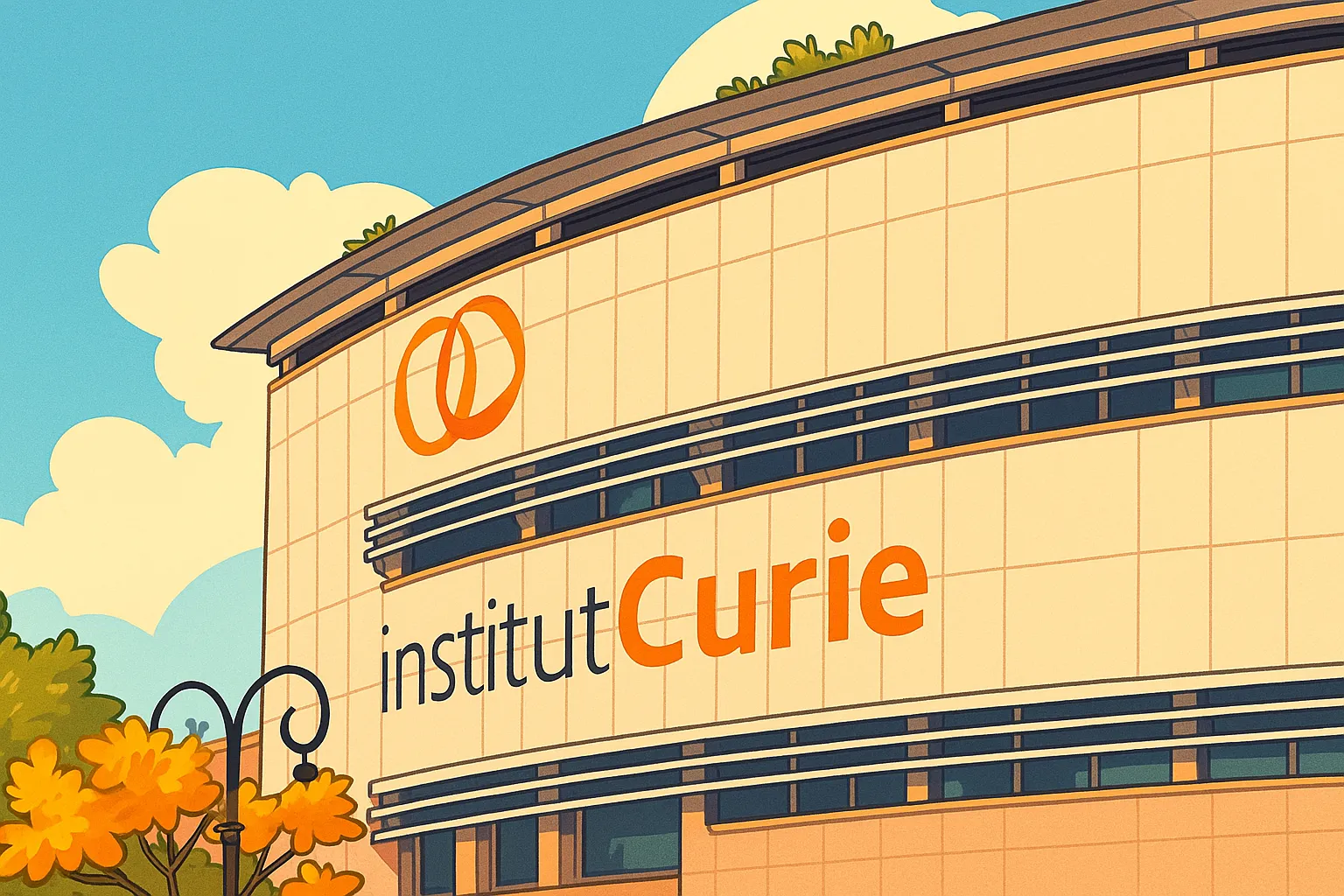
After the war, Marie Curie dedicated herself to institutionalizing her research. She established the Radium Institute (now the Curie Institute) in Paris in 1914, which became a leading center for radioactivity research and cancer treatment.
She also traveled extensively, including high-profile trips to the United States, where she raised funds to purchase radium for continued research.
Throughout these years, she mentored numerous young scientists, including many women, providing opportunities that she herself had to fight for during her early career.
Health Decline and Death
Years of unprotected exposure to high levels of radiation inevitably took a toll on Marie Curie’s health. At the time, the dangers of ionizing radiation were still poorly understood, and no safety protocols existed.
Marie Curie developed aplastic anemia, a condition where the bone marrow fails to produce enough blood cells — likely caused by cumulative radiation exposure.
She passed away on July 4, 1934, at the age of 66, in the Sancellemoz Sanatorium in Passy, France. Even after death, her remains were so radioactive that her papers and personal belongings are still stored in lead-lined boxes today.
Legacy and Historical Impact
Marie Curie’s contributions extend far beyond her lifetime:
-
Medical Applications: Her work laid the foundation for modern radiation therapy used to treat cancer.
-
Scientific Institutions: The Curie Institutes in Paris and Warsaw remain leading centers for cancer research.
-
Gender Equality in Science: She broke through nearly insurmountable gender barriers, paving the way for women in STEM fields.
-
Nuclear Physics: Her discoveries directly influenced later developments in atomic energy and nuclear physics.
-
Ethical Model: She refused to profit from her discoveries, dedicating her life to the pursuit of pure science.
In 1995, Marie Curie became the first woman ever to be entombed in the Pantheon in Paris for her own merits—a lasting recognition of her extraordinary achievements.
Controversies and Misunderstandings
Despite her monumental success, Marie Curie was not immune to public scrutiny:
-
She faced media attacks for her romantic relationship with physicist Paul Langevin after Pierre’s death.
-
As a foreign-born woman in France, she often encountered xenophobia and sexism.
-
Some contemporaries questioned the safety and ethics of her early experiments.
Yet, none of these controversies overshadow her lasting scientific contributions.
Marie Curie in the 21st Century
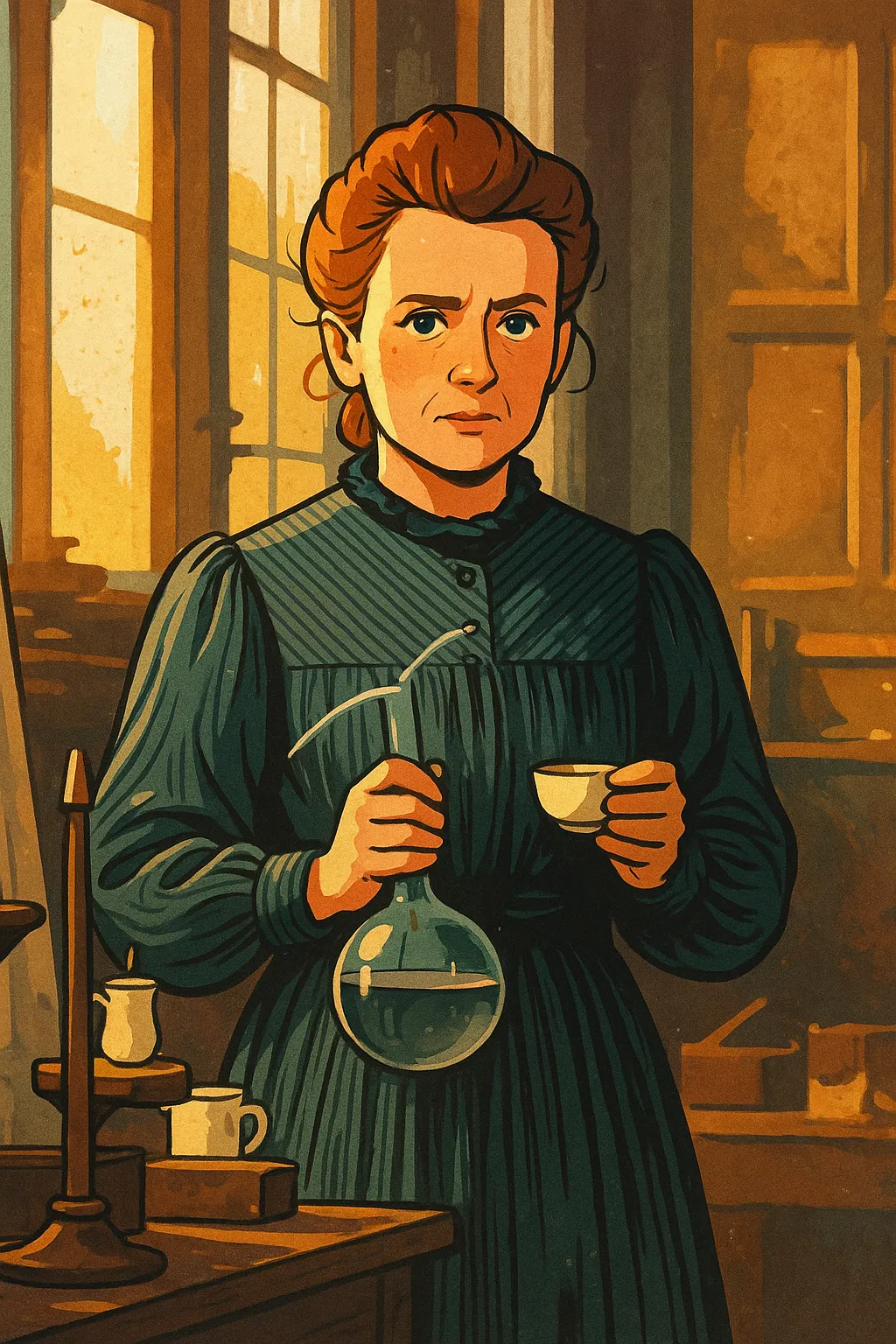
Marie Curie remains a symbol of perseverance, scientific integrity, and intellectual brilliance. Her story is featured in numerous books, films, and documentaries, and she continues to inspire generations of scientists, especially women striving to break into male-dominated fields.
Her work also stands as a powerful reminder of science’s double-edged sword: while her discoveries have cured countless diseases, they also laid groundwork for nuclear weapons, illustrating the moral responsibility that accompanies scientific progress.
The Enduring Light of Marie Curie’s Journey
Marie Curie’s life was nothing short of extraordinary. She overcame systemic barriers, personal tragedies, and immense physical risk to unveil some of the deepest secrets of nature. Her dual Nobel Prizes stand as symbols of not only scientific excellence but of her indomitable spirit.
In her own words:
“Nothing in life is to be feared; it is only to be understood. Now is the time to understand more so that we may fear less.”
Her brilliance continues to illuminate the world long after her death—proof that true greatness transcends time, politics, and even the limits of the human body.



